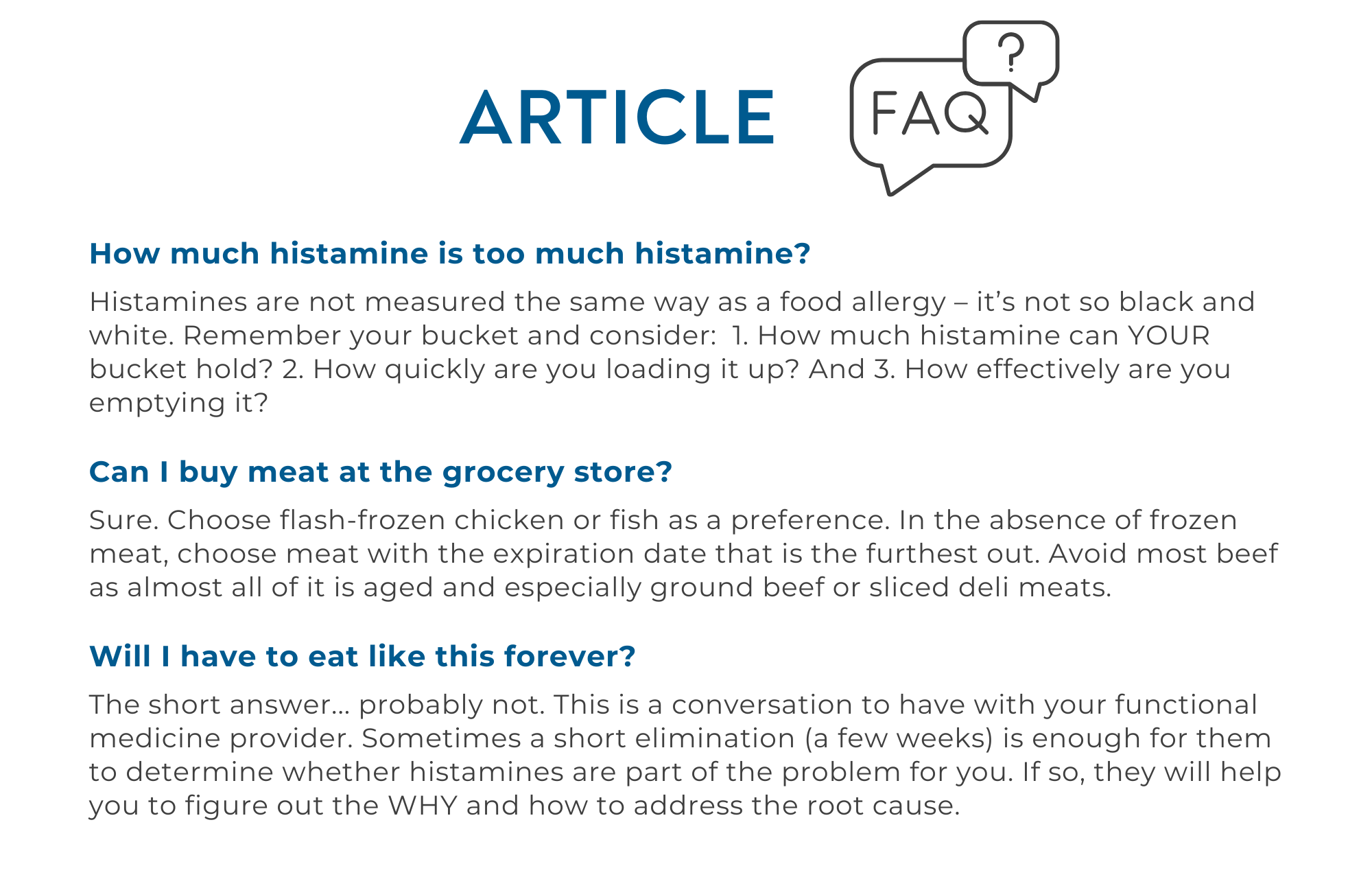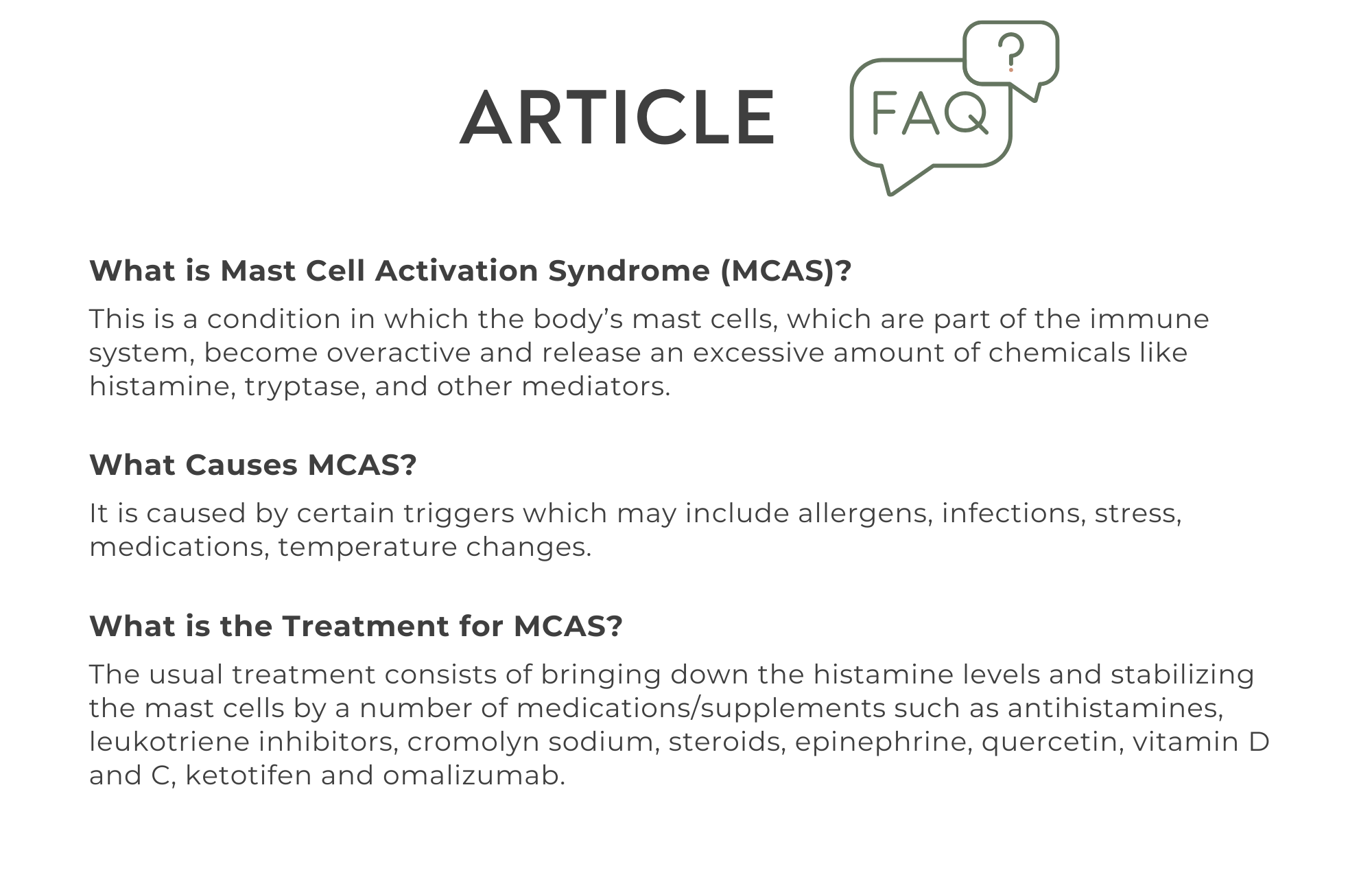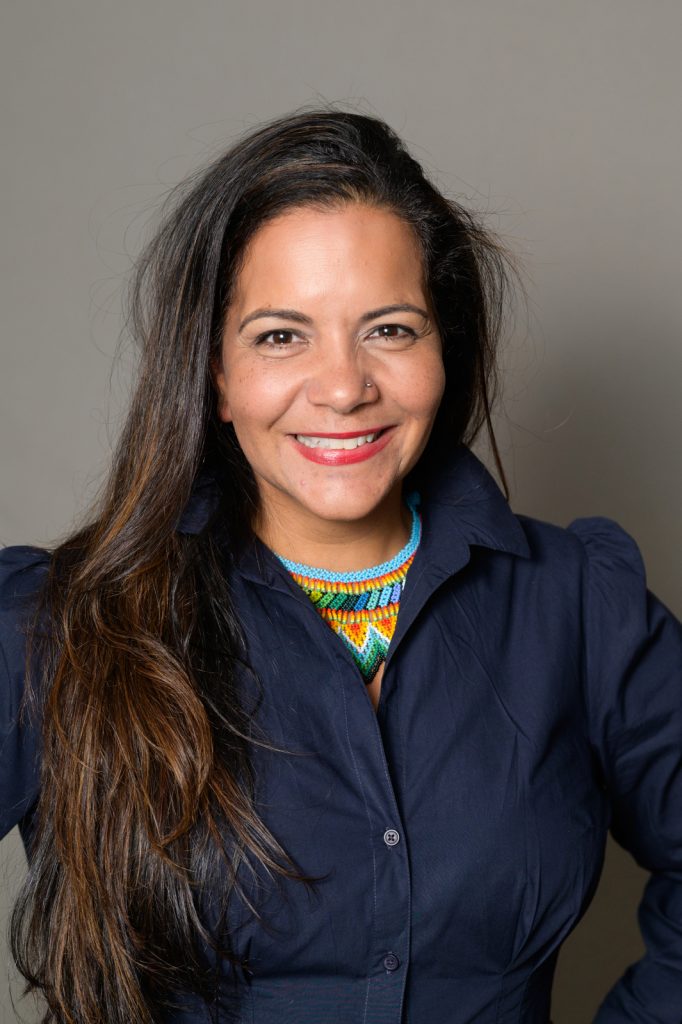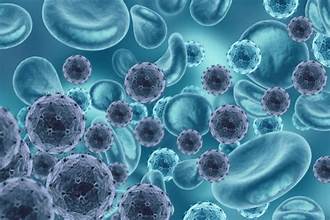

 919-999-0831
919-999-0831






Shane Hemphill, MD

Part II – Low SIgA And How Do We Treat
So your functional medicine provider ordered a Comprehensive Stool Analysis and your SIgA levels are found to be low. What is your next step? The answer is going to vary from person to person, but the ultimate answer is in finding the root cause.
This may include evaluating for and removing a food sensitivity, mold sensitivity, or infection that has over time depleted the immune response.
Once we have eradicated our offending agent we need to look at ways to improve our SIgA levels.
As a general rule the first step is to use an anti-inflammatory diet such as a Mediterranean diet. This is rich in fruits, vegetables, nuts, legumes, olive oil, and fish and low in red meat and saturated fats. One can also eliminate fried foods, processed foods, sugary snacks and soda.
More specific treatments Include:
A diet rich in Polyphenols such as cacao, green tea, and grapeseed extract which have shown to increase SIgA levels.
Saccharomyces Boulardii – This probiotic yeast has been shown to raise SIgA levels while also being very effective against Clostridium Difficile and Candida Overgrowth.
Colostrum – an Immunoglobulin secreted in the early stages of breast-feeding. This has shown to stimulate SIgA levels.
Beta Glucans – This is a type of soluble fiber found naturally in a variety of food sources including oats, barley, rye, rice and mushrooms like Reishi and Shiitaki.
Bone Broth – This is made by simmering the bones and the connective tissue of animals. This forms a stock for making soups, sauces and gravies. Depending on which part you use it contains vitamins, minerals as well as collagen and other amino acids that increase SIgA levels.
Fat Soluble Vitamins – Vitamin A is needed for the transport of SIgA over the mucosal lining. It is suggested that Vitamin A is also involved in the synthesis of other immunoglobulins and has an important influence on our humoral immune system.
Stress Management – Last but not least, Cortisol is the main stress hormone that can decrease SIgA levels. We need to look over your current stressors or perceived levels of stress and then work to reduce them. This can be done through aerobic exercise, yoga, breathing techniques, meditation as well face to face conversations with your friends, family or therapist.
Our functional medicine physicians can help you understand the root cause of low SIgA and design a treatment plan specifically for you, please call our office at 919-999-0831 to get scheduled.
Your Partner in Health!
Shane Hemphill, MD

Clarissa A. Kussin, ND, FMCHC, ERYT-500

As we journey through spring, it’s crucial to ensure our homes remain safe havens for our respiratory health. Many common household cleaners contain chemicals that provoke or worsen asthma or COPD symptoms, making cleaning uncomfortable and potentially dangerous. It is also important to consider our indoor air quality by using more eco-friendly products and lowering our risk of asbestos exposure which can be found in some houses, and in the long run, can affect the lungs developing. Today we’re focusing on sourcing lung-friendly household products to support your well-being.
1. Understanding Lung-Safe Products: Choosing the right household products can significantly impact respiratory health. Opting for lung-safe options reduces exposure to volatile organic compounds (VOCs), fragrances, and other irritants. Look for products labeled as “fragrance-free,” “non-toxic,” and “low VOC.”
2. Recommended Brands: We’ve curated a list of reputable brands known for their commitment to lung-safe products:
3. DIY Lung-Safe Alternatives: For those who prefer a hands-on approach, crafting your own cleaners allows full control over ingredients. Simple, lung-safe recipes often include ingredients like baking soda, vinegar, castile soap, and essential oils (for those not sensitive to them). Check out reputable sources like the Environmental Working Group (EWG) for safe DIY recipes.
4. Resources for Lung-Safe Living: Stay informed and empowered with these valuable resources:
Remember, small changes can make a big difference in supporting respiratory wellness and investing in your health is an investment in a brighter and more fulfilling future. Stay safe and breathe easy!
If you’re ready to experience the transformative benefits of health coaching, reach out to us today! Our team of experienced health coaches are here to guide you on your journey to optimal health. Call 919.999.0831 to get scheduled.
To your health and happiness!
Clarissa A. Kussin, ND, FMCHC, ERYT-500

Didem Miraloglu, MD, MS

| Nitric oxide (NO) is a remarkable molecule that plays a crucial role in various physiological processes within the human body. Discovered in the late 18th century, and its importance has been extensively studied and recognized in the fields of medicine, biology, and biochemistry. In fact in 1998 Nobel Prize in Physiology or Medicine was awarded to Robert Furchgott, LouisIgnarro, and Ferid Murad, for their discoveries of NO as a signal molecule in the vasculature and specifically in the control of blood pressure. NO is a unique signaling molecule that influences numerous cellular pathways, contributing to cardiovascular health, immune function, neurotransmission, and even cellular defense against pathogens. The synthesis of nitric oxide is achieved through the enzymatic action of nitric oxide synthase (NOS) on L-arginine, a semi-essential amino acid found in the body. There are three isoforms of NOS: endothelial NOS(eNOS), neuronal NOS (nNOS), and inducible NOS (iNOS). Each isoform is expressed in specific tissues and cells and responds to different stimuli. eNOSis predominantly present in endothelial cells, contributing to vasodilation and regulating blood flow. nNOS is found in neurons and plays a role in neuro transmission, while iNOS is induced in response to inflammation or immune challenges. The regulation of nitric oxide production is a tightly controlled process. Various factors, including calcium ions, cofactors like tetrahydrobiopterin, and the availability of L-arginine, affect NOS activity. This precise control ensures that NO is produced when needed, preventing excessive generation and potential cellular damage. Nitric oxide is a key player in cardiovascular health. It acts as a vasodilator, relaxing the smooth muscles in blood vessel walls, which leads to increased blood flow and improved oxygen and nutrient delivery to tissues. Dysfunction in the NO pathway is associated with numerous cardiovascular diseases, including hypertension, atherosclerosis, and heart failure. Pharmaceutical agents that enhance NO production or mimic its actions, such as nitroglycerin and sildenafil (Viagra), have become essential treatments for these conditions. The immune system relies on nitric oxide to fight off pathogens and defend against infections. When activated by cytokines and other immune molecules, iNOS produces NO in macrophages and other immune cells. Nitric oxide acts as a potent antimicrobial agent by damaging bacterial DNA, proteins, and lipids. Furthermore, it helps regulate the immune response and plays a role in resolving inflammation after an infection has been controlled. In the nervous system, nitric oxide is a critical neurotransmitter involved in various processes, such as learning and memory, synaptic plasticity, and neuronal communication. It modulates the release of neurotransmitters like dopamine, serotonin, and glutamate, contributing to mood regulation and cognition. Moreover, NO has been linked to neuroprotection by its ability to act as an antioxidant and counteract oxidative stress-induced damage. Neurodegenerative diseases, such as Alzheimer’s and Parkinson’s, involve oxidative stress, and researchers are exploring the potential of NO-based therapies to mitigate neuronal damage. Due to its diverse roles in numerous physiological processes, nitric oxide has garnered significant interest as a potential therapeutic agent. Researchers are exploring its use in various medical applications, including wound healing, erectile dysfunction, and respiratory disorders like pulmonary hypertension. Additionally, NO-based therapies are being investigated in the context of cancer treatment, where NO has shown potential to inhibit tumor growth and sensitize cancer cells to radiation and chemotherapy. Nitric oxide, once regarded merely as an air pollutant, has emerged as a fundamental molecule essential for life and well-being. Its roles in cardiovascular health, immune function, neurotransmission, and neuroprotection highlight its significance in maintaining the body’s delicate balance. As our understanding of this remarkable molecule deepens, we are likely to witness further advancements in medical therapies that harness the potential of nitric oxide for improving human health and well-being. To schedule a new patient appointment, please call our office at 919-999-0831. Your Partner In Health, Didem Miraloglu, MD, MS |
 |
Shane Hemphill, MD

| Say your functional medicine provider ordered a stool test and it showed Low SIgA- what does that mean and how did it develop? The immune system makes T cells and B cells. The B cells produce secretory IgA (SIgA) which acts as a first line of defense against the entry of foreign substances into the body. These foreign substances include many things such as undigested proteins from the foods that we eat, bacteria, viruses, parasites, or even molds. In essence SIgA gives us insight into what is happening at our mucosal surfaces. The body’s mucosal surfaces – located at the eyes, ears, nose, throat, sinuses, gastrointestinal and genitourinary tracts, and skin are all entry points for potential disease-causing pathogens. Our body’s way of protecting these entry points is done with the release of SIgA. B-cells present within the mucosa are activated upon exposure to pathogens and allergens and thus produce SIgA in response. The SIgA then attaches itself to the invading bacteria, virus or other foreign substance, traps it in the mucosal surface and then neutralizes it. So what does it mean if your SIgA is low? If your SIgA is low, this means that you are less able to prevent invaders from getting into your gut mucosal lining. This lining can become inflamed and tight junctions that ordinarily keep toxins and undigested food particles out – break down. This causes havoc as now toxins and undigested substances are able to get access to our blood stream, causing inflammatory and immune reactions that lead to systemic symptoms throughout the body. Patients with low SIgA levels generally have increased risk of food sensitivities, irritable bowel syndrome (IBS), inflammatory bowel disease (IBD), intestinal permeability also known as ‘leaky gut’, autoimmunity, and other gastrointestinal infections. What causes low SIgA levels? Chronic infections are commonly associated with low SIgA. Assessing for problematic bugs including H pylori, Candida, Blastocystis Hominis, H. Pylori, Clostridium difficile are essential in this evaluation. Do keep in mind that many of these normally can exist in the bowel at low levels and not cause harm. Some of them only become problematic depending on their level in the body and others do it based on virulence. These can be assessed via a functional stool test. One interesting note is that these ‘infections’ are opportunistic by nature, meaning they also come about when SIgA levels reduce. Therefore it is not uncommon to see development of Candida in SIgA compromised clients. Medications are another cause of low SIgA. Anti-inflammatories, antibiotics and antidepressants are some examples. Studies have even shown an association between low SIgA and people that suffer from depression. Stress is another cause of low SIgA through increased cortisol levels. Stress can be in any form, including mental, emotional or even physical. One study has even demonstrated that persistent negative thoughts about ourselves can lower our own SIgA levels. Lowering stress and introducing stress reduction techniques is vital in maintaining this protector. Finally, poor dietary choices are another contributor to low SIgA. Certain nutrients such as Vitamin D, Vitamin A, Zinc and Glutathione are instrumental in supporting healthy SIgA levels. A good intake of dietary fiber and phytonutrients can also play a role in supporting a healthy gut microbiome. This can lead to the development of beneficial bacteria that promote healthy levels as well. Stay tuned for my next article which will discuss how we treat low SIgA. To schedule a new patient appointment, please call our office at 919-999-0831. Your Partner in Health! Shane Hemphill, MD |
 |
Clarissa A. Kussin, ND, FMCHC, ERYT-500

| Lets dive into the powerful benefits of a superfood called Camu Camu. Known for its exceptional nutritional profile, Camu Camu offers a wide range of health benefits. Additionally, we’ve included a delightful smoothie recipe to help you incorporate this fantastic fruit into your daily routine. Understanding Camu Camu Camu Camu (Myrciaria dubia) is a small berry native to the Amazon rainforest in Peru and Brazil. It has gained popularity worldwide due to its extraordinarily high vitamin C content, containing up to 60 times more vitamin C per serving than an orange. However, Camu Camu offers more than just vitamin C. It also contains antioxidants, vitamins, minerals, and phytochemicals that support overall well-being. The Health Benefits of Camu Camu Immune Support: Camu Camu’s exceptional vitamin C content plays a crucial role in supporting a healthy immune system. Vitamin C is known for its antioxidant properties, which help protect the body against oxidative stress and strengthen immune defenses. Antioxidant Powerhouse: In addition to vitamin C, Camu Camu contains a range of antioxidants, such as flavonoids and ellagic acid. These compounds combat free radicals, reducing the risk of chronic diseases and promoting overall health. Collagen Formation: Vitamin C is essential for collagen synthesis, which supports healthy skin, joints, and connective tissues. Regular consumption of Camu Camu can contribute to the maintenance of youthful skin and overall joint health. Mood Enhancement: Some studies suggest that Camu Camu may have mood-enhancing properties due to its high levels of antioxidants and other beneficial compounds. Including Camu Camu in your diet may help support mental well-being. Anti-Inflammatory Effects: Camu Camu contains natural anti-inflammatory compounds, including anthocyanins and catechins. These compounds may help reduce inflammation in the body, supporting overall health and reducing the risk of chronic diseases. Here’s a refreshing smoothie recipe that combines the goodness of Camu Camu with other nutritious ingredients: Camu Berry Blast Smoothie: 2 servingsIngredients:1 cup frozen mixed berries (strawberries, blueberries, raspberries)1 small frozen banana1 /2 teaspoon Camu Camu powder1 cup unsweetened almond milk (or milk of your choice)1 tablespoon chia seeds1 tablespoon honey, date paste or maple syrup (optional, for added sweetness)A few ice cubes IF your berries are not frozen Instructions: Place all the ingredients in a blender. Blend on high until smooth and creamy. Taste and adjust sweetness if desired by adding honey or maple syrup. Pour into a glass and enjoy this antioxidant-rich, vitamin C-packed smoothie. Note: You can customize the smoothie by adding spinach, kale, or your favorite protein powder for an extra nutritional boost. Where to Find Camu CamuCamu Camu is available in various forms, including powder, capsules, and freeze-dried berries. Look for organic and sustainably sourced Camu Camu products from reputable health food stores, online retailers, or local farmers’ markets. Consider adding Camu Camu to your daily wellness routine by incorporating it into smoothies, juices, yogurt bowls, or even homemade energy bars. Experiment with different recipes to explore the unique tangy flavor and reap the numerous health benefits. Your Partner In Health, Clarissa A. Kussin, ND, FMCHC, ERYT-500 |


| They say that any system is only as strong as its weakest link. It turns out, our digestive and immune systems are only as strong as their weakest leak. Imagine your gut as the body’s security guard. The tight junctions between the cells of your intestines decide who gets in and who doesn’t. But what happens when the gut becomes too permissive and allows unwanted guests through? That’s where “leaky gut” comes into play. Leaky gut, or intestinal permeability, is a condition where the lining of the intestines becomes more porous than it should be. Instead of acting like a strict bouncer to the coolest club in town, the tissue starts allowing substances that shouldn’t enter your bloodstream. This includes undigested food particles, bacteria, and toxins. When the gut barrier is compromised and unwanted intruders enter the bloodstream, your immune system, which usually only targets harmful invaders, can get confused and launch a response against your body’s own tissues instead. It’s like friendly fire within your body! According to the NIH (National Institutes of Health) around 23.5 million (7%) Americans suffer from an autoimmune condition. And 75% of those affected are women. Hashimoto’s thyroid disease, ulcerative colitis, rheumatoid arthritis, psoriasis, vitiligo and multiple sclerosis are some of the more than 80 known autoimmune diseases commonly seen at Carolina Total Wellness. Three Steps to Preventing or Reversing Autoimmune Disease: Not every autoimmune disease is curable or reversible but there are some proven steps you can take to reduce the effects on your health. 1. Manage Your Stress Stress isn’t just in your mind; it affects your gut, too. When we are facing a perceived physical or emotional threat, our bodies are wired to respond by directing resources to your vital organs and away from your digestive and reproductive functions. When you don’t have sufficient digestive enzymes and gastric acid to break foods down, they may be more irritating to your gut lining and/or penetrate the lining as larger particles than your blood stream knows how to handle. It’s not always possible to avoid stress but you can practice strategies to help you minimize the effects. Get 8 consistent hours of sleep each night. Practice saying ‘no’ – it is a full sentence. Go outside and take a walk – without devices. Laugh with a good friend. 2. Eat Gut-Healing Foods Eating a balanced diet is crucial for maintaining gut health. A diet rich in fiber, fruits, and vegetables promotes a diverse gut microbiome and a healthier gut lining. Use the rainbow as a template to guide your shopping list and eat foodsof every color several times per week. Probiotics, found in foods like yogurt, sauerkraut and kimchi help eliminate toxins and aid the digestion of nutrients from the foods you eat. Eat fermented foods several times each week to strengthen the lining of your digestive tract. Bone broth has proteins and gelatin to soothe the inner lining of the gut. Sip on some bone broth instead of coffee in the morning if you’re trying to kick the caffeine habit. 3. Fasting Fridays Once a week, skip breakfast (and the coffee/creamer.) An occasional, extended break from the hard work of digestion, also known as intermittent fasting, lets your gut clean out old debris and calms the immune system. You may discover improved mental clarity and energy, too. In fact, you may like it so much that you decide to skip breakfast two or three days a week. Healing the Gut. If you suspect you have a leaky gut or an autoimmune disease, consult afunctional medicine practitioner. They can recommend personalized approaches like dietary changes, supplementation, and lifestyle modifications to heal your gut and reduce inflammation. Autoimmunity and leaky gut are two puzzle pieces that fit together more than we once thought. Maintaining a healthy gut through a balanced diet, managing stress, and seeking professional guidance when needed can be your key to preventing or managing autoimmune diseases. Remember, the journey to optimal health is unique for everyone. Keep exploring, learning, and making choices that support your well-being. Your Partner In Health, Erica Nelson, MSPH, NBC-HWC |
 |
(Including Covid, Flu, RSV and the common cold)

The providers at Carolina Total Wellness recommend the following lifestyle and supplement supports to optimize immune function, decrease viral transmission, reduce viral activity and support the body’s immune response to common viral infections.
Lifestyle:
Focus on eating foods that are organic and rich in antioxidants. Try to eat 5 to 7 servings of vegetables and 2 to 3 servings of fruit every day. Limit intake of sugar and processed foods.
Drink filtered water, avoiding plastics as much as possible.
Limit intake of alcohol to no more than 2 drinks per week for women and 4 drinks per week for men.
Ensure adequate, quality sleep. Aim for 7 to 9 hours a night, focusing on good sleep hygiene.
Integrate mindfulness and stress lowering practices every day.
Improve ventilation and air flow and utilize high quality air filters indoors, including home and work.
Nasal Spray for Prevention and Acute Exposure to Airborne Viral Illness
Prevention Supplement Options: (all supplements available in office or in online store)
*** Orthomune and Melatonin are a great combination for viral prevention. If you prefer to take supplements individually instead of a combination product, we recommend the following;
Additional options to discuss with your provider include; curcumin (curcumin phytosome or Turmero), NAC, vitamin A, and adaptogenic mushrooms (Transfer Factor Multi Immune)
The following therapeutic options are started at the first signs of illness, positive exposure and/or positive testing. Please notify your provider so that we can further personalize support.
Therapeutic Supplement Options: (all supplements available in or office or in online store)
***The above 4 products are a great combination for therapeutic treatment for the duration of viral illness. If you prefer individual products, these are listed below.
Yours In Health,
Susan D. Denny, MD, MPH

Functional medicine is a science-based health care approach to assess, prevent and treat complex chronic disease.
![]() Learn More
Learn More
After a brief allergy test, you can begin sublingual immunotherapy (SLIT), or allergy drops under the tongue. No more allergy shots!
![]() Learn More
Learn More
Learn how to prepare for your visit and what to expect at your initial consultation and at your follow-up visits with our office.
![]() Learn More
Learn More